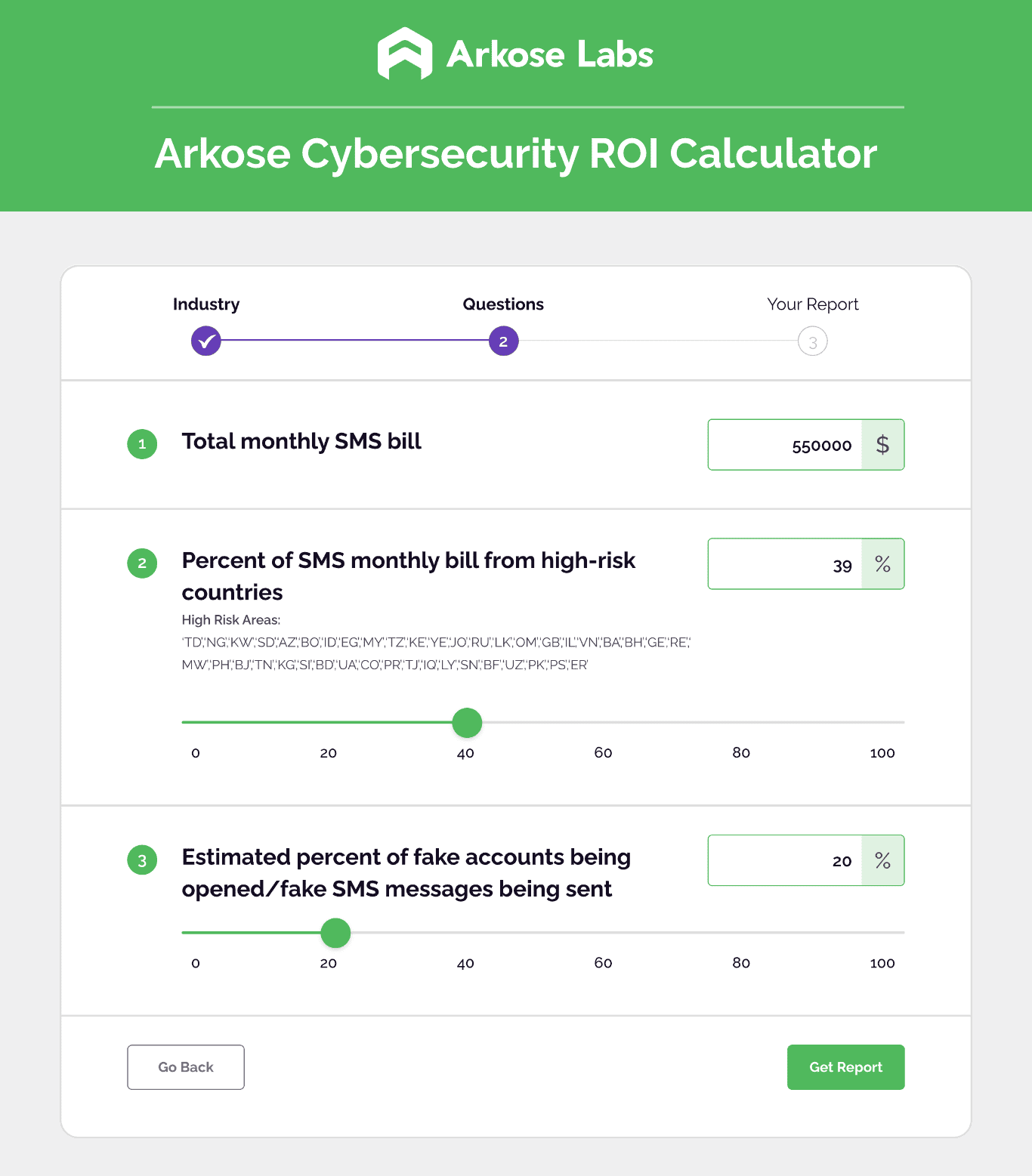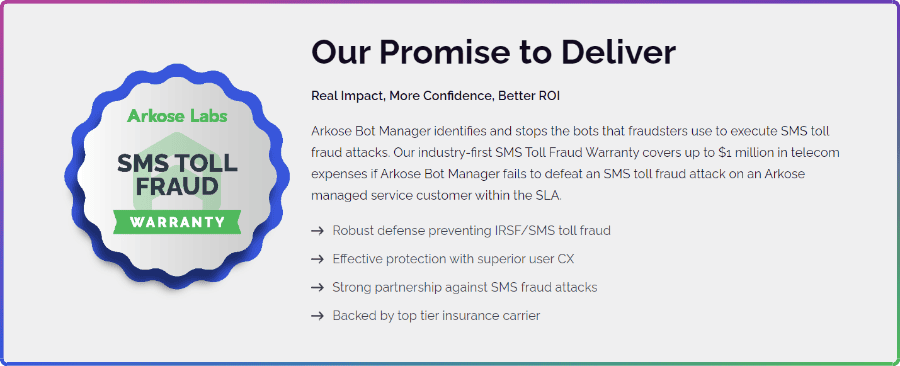SMS has become a crucial medium for businesses to communicate with their customers. However, with the increasing reliance on SMS, there has been a rise in SMS traffic abuse. One of the most common forms of abuse is SMS pumping fraud, also known as SMS toll fraud, which can result in significant financial losses for businesses.
Read on to learn about the types of SMS traffic, how to identify SMS pumping attacks, and how you can keep your business safe from this type of abuse.
The Different Types of SMS Traffic
SMS traffic can be classified into various categories, such as personal communication, marketing messages, and verification codes.
- Business-to-consumer (B2C) traffic includes promotional messages, transactional notifications, and customer support communications.
- Peer-to-peer (P2P) traffic refers to personal messages exchanged between individuals.
- Application-to-peer (A2P) traffic involves messages sent from applications or services to individuals.
Monitoring and analyzing different types of SMS traffic can help identify abnormal patterns and potential abuse.
What is SMS traffic pumping?
SMS traffic pumping, also known as SMS pumping or SMS toll fraud, is a fraudulent practice that exploits SMS services and apps for financial gain. Attackers inflate traffic through fake account registrations and generate revenue from account verification messages sent to premium-rate numbers. This can cause financial losses for businesses and disrupt normal SMS operations.
Understanding the tactics behind SMS traffic pumping, including SMS OTP fraud, is crucial for implementing effective countermeasures. Mobile network operators (MNOs) can also help play a crucial role in detecting and preventing SMS pumping.
Identifying SMS Pumping Attacks
Businesses can employ several methods to identify SMS pumping attacks and take proactive measures to counter them. Here are some strategies to consider:
- Bot Mitigation: Implementing bot detection and prevention systems adds an extra layer of security against unauthorized account setups, which can be used to generate toll fraud.
- Traffic Pattern Analysis: Regularly monitor your SMS traffic patterns. Look for sudden spikes in the volume of SMS messages being sent to specific sources. Unusually high traffic could indicate a potential attack.
- Rate Limiting: Implement rate limiting on outgoing messages. This can help prevent a sudden flood of messages from a compromised source.
- Machine Learning and AI: Use machine learning algorithms or AI systems to detect anomalies in traffic patterns. These systems can learn what constitutes normal traffic and alert you when something deviates from the norm.
- Collaboration with Providers: Work closely with your SMS service provider. They might have tools or insights to help you identify and mitigate SMS pumping attacks.
- Real-time Monitoring: Use real-time monitoring tools to keep track of SMS traffic. This can help you quickly identify any suspicious activities as they happen.
- Regular Audits: Conduct regular audits of your messaging systems to identify any vulnerabilities or patterns associated with SMS pumping attacks.
Why your business is a prime target for SMS pumping
Businesses find themselves in the crosshairs of SMS pumping attacks when they heavily lean on SMS communication or verification procedures. Industries such as financial institutions, eCommerce platforms, and online services can be particularly susceptible due to their operational nature. Moreover, lax security protocols or insufficiently fortified one-time password (OTP) authentication methods can render a business vulnerable.
How to Protect Your Business from Abuse
Augmenting security with bot detection and prevention systems introduces an additional security layer that thwarts unauthorized account setups. Employing rate limits and surveillance systems aids in the prompt identification and prevention of SMS toll fraud. And partnering with trustworthy mobile network operators (MNOs) equipped with robust security measures also reduces the SMS pumping risk.
Technological Shields against Bad Bots and SMS Pumping
An array of technologies can play a pivotal role in spotting and thwarting SMS pumping fraud. Companies like Arkose Labs provide solutions for identifying and blocking malevolent activities linked to SMS pumping through advanced bot detection and mitigation systems, such as Arkose Bot Manager. When suspicious patterns emerge, Arkose MatchKey, an innovative CAPTCHA-based solution, introduces escalated challenges that confound automated bots while ensuring a seamless experience for legitimate users.
Conclusion
SMS traffic pumping is a serious issue that can have significant consequences for businesses. It is important to understand the different types of SMS traffic and how they can be exploited and manipulated into various attacks. By identifying the signs of abuse and implementing security measures such as bot detection and mitigation, businesses can protect themselves from these threats.
Still have questions about SMS traffic and how it relates to toll fraud? Check out Toll Fraud: What It Is and How to Prevent It or visit our SMS Toll Fraud Reference Guide.


